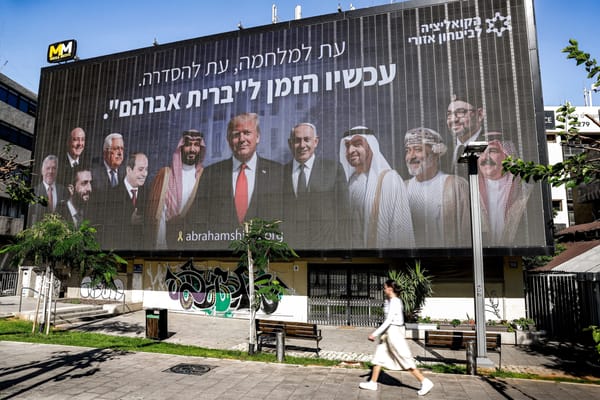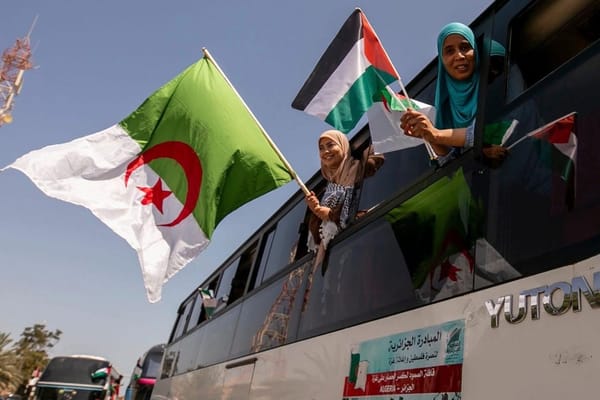Ambitions of a Global Gulf
From the wars in Syria and Libya to the catastrophic bombing campaign in Yemen, the Gulf states led by Saudi Arabia and the United Arab Emirates have been the main Arab forces involved in the region’s current conflicts. The Gulf also increasingly shapes the political and economic policies of other A









